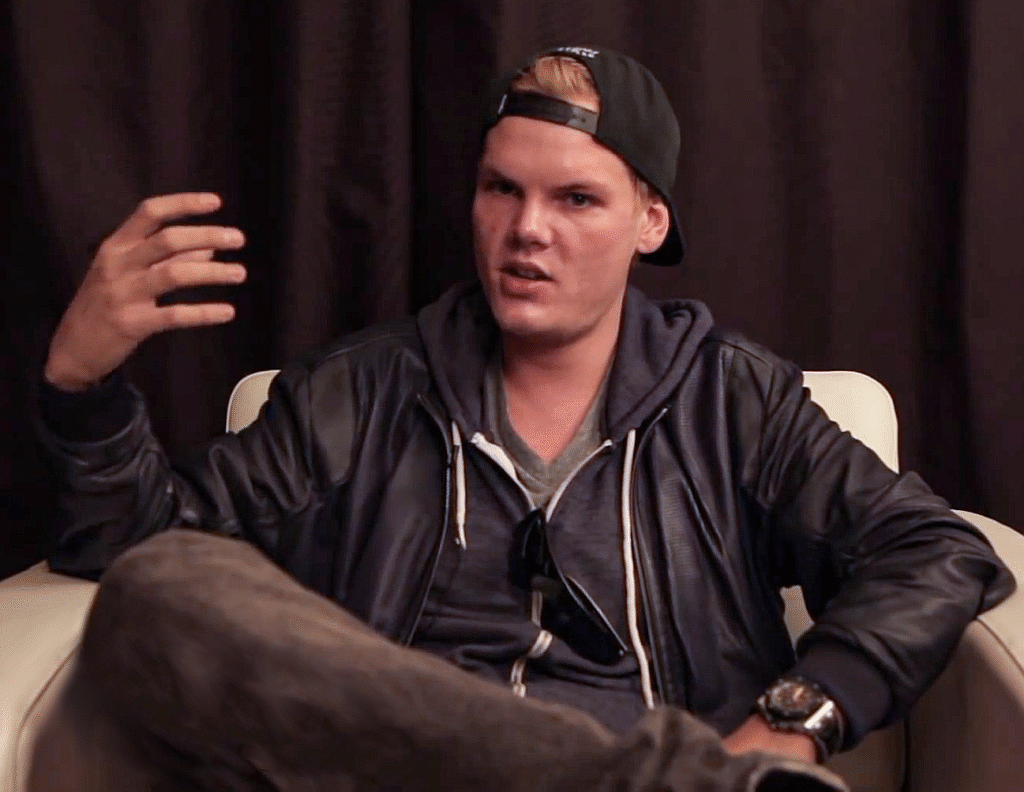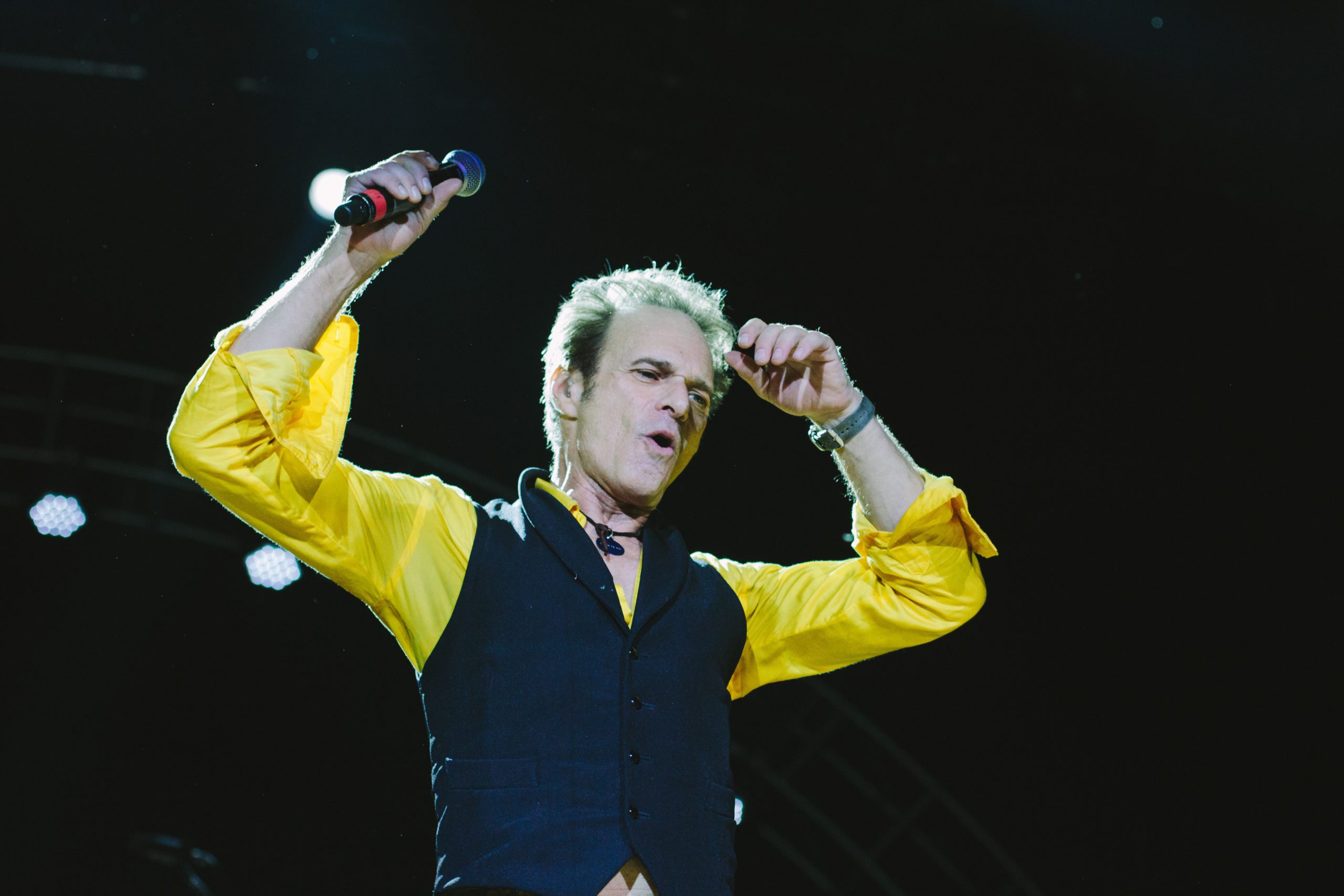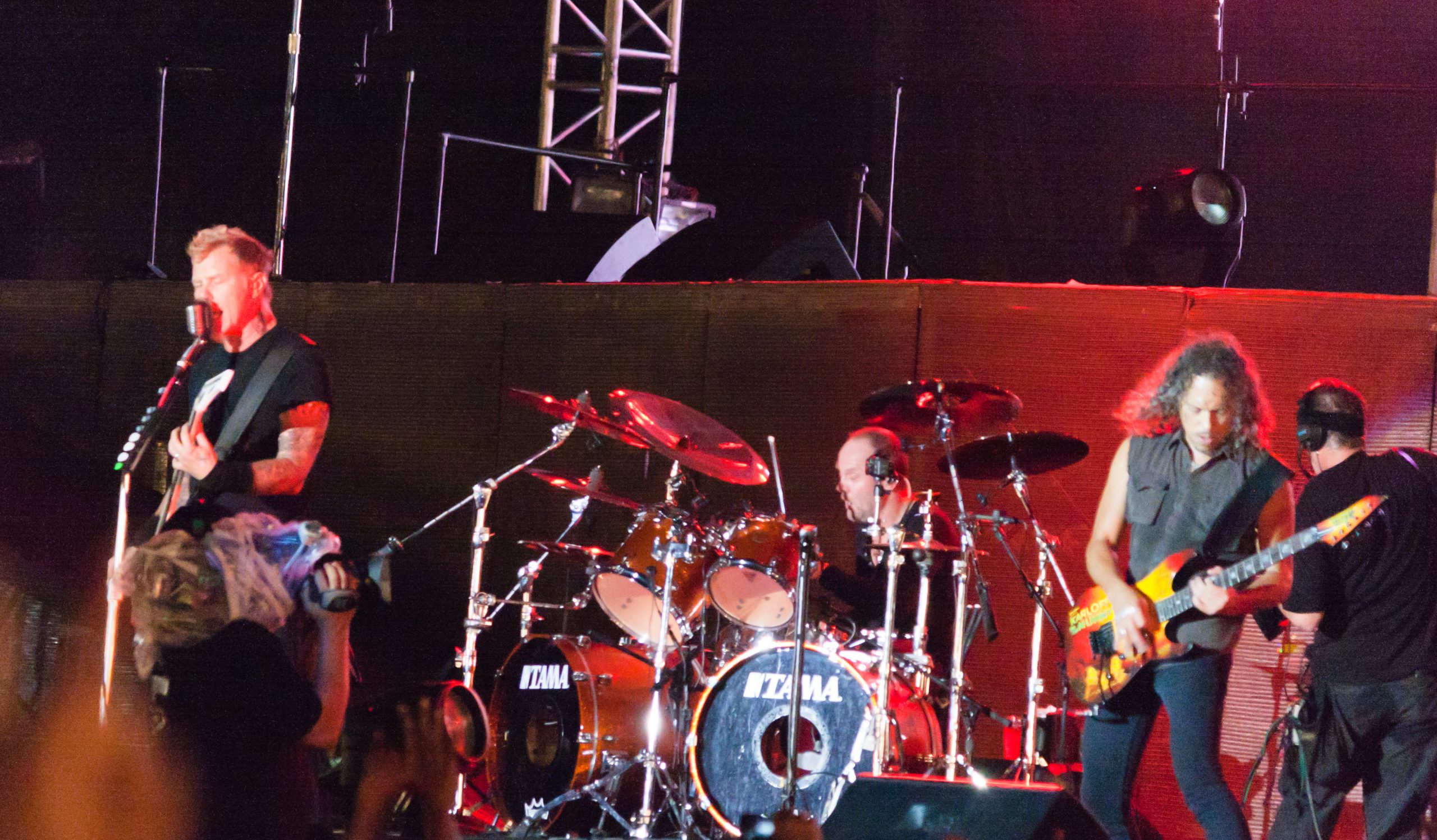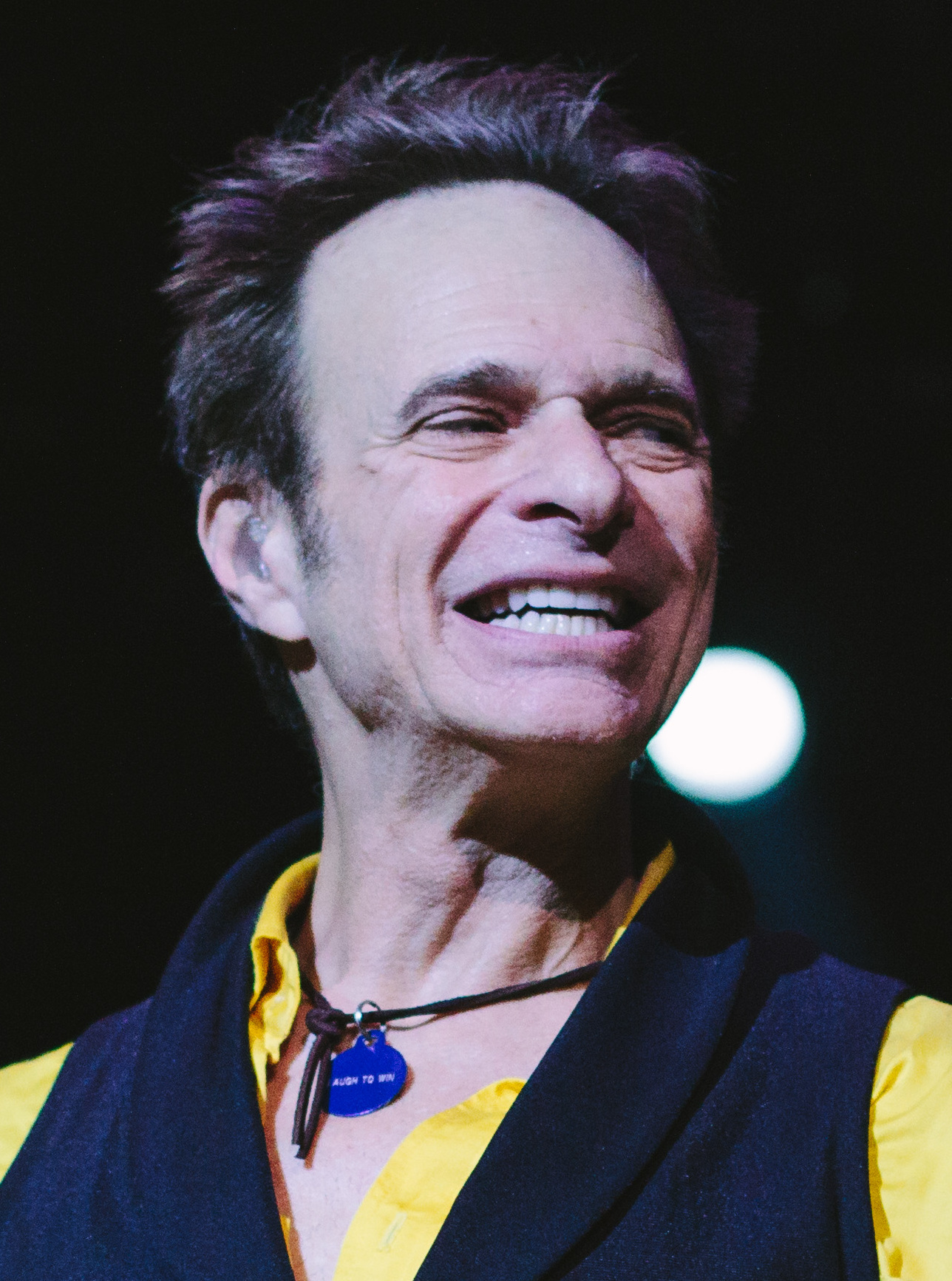
Avicii transformed music into pure emotion, connecting bedroom listeners to festival crowds worldwide. His production style remains unmistakable years later, like finding rare artistic talent in unexpected places. Most producers who try to copy him end up with something that sounds forced and flat.
The Swedish artist elevated dance music from club beats to cultural phenomenon faster than anyone expected. His fearless genre-blending turned EDM into something new by mixing elements that shouldn’t work but somehow did. He proved that breaking rules could lead to massive success when done with genuine skill.
5. The Drop Science

Avicii created drops as emotional peaks designed to make listeners feel something real. His signature lead sounds combined technical skill with genuine feeling. While others focused on volume, Avicii focused on crafting moments with care and purpose.
The technical approach uses layered sounds: square wave foundations with specific modulation settings, plus acoustic elements for warmth. Add short, bouncy notes for movement, then widen the sound with carefully balanced layers. Adjust the compression to keep that pumping energy while preserving clarity. The gradual filter sweeps build excitement naturally. When done right, the drop feels like both a technical achievement and an emotional release.
4. The Acoustic Counterpoint

Acoustic guitars paired with massive electronic elements define Avicii’s signature sound. His break sections masterfully fused organic instruments with digital sounds, creating spaces where these different worlds made perfect sense together. This unique blend changed how producers approached dance music.
To capture this sound, layer clean guitar with medium-sustain piano to create harmonic fullness. Add a precisely sidechained bass that supports without overwhelming. Build tension with effects that rise over 8-16 bars, creating natural anticipation. This balance gives tracks that special Avicii feel – warm enough for casual listeners but exciting enough for serious dance fans.
3. The Avicii Essence

Creating music like Tim Bergling means understanding his core values, where emotional authenticity trumped technical showmanship. He built tracks starting with the melody rather than drums – an unusual approach that became his trademark. The true magic in his music comes from passion and practice, not just technical knowledge.
Start with melody-first compositions using uplifting scales that connect with listeners instantly. Treat acoustic and electronic sounds as equally important parts of the mix, not just added effects. Avicii approached production as emotional architecture, creating spaces where people could feel something real. The challenge is making music that feels both familiar and fresh – a balance that made Avicii a true musical pioneer. If you’re experimenting with melody-driven EDM in your own workflow, consider integrating some of the best apps for musicians to streamline everything from arranging to final mixdown.
2. The Melodic Mainframe

Avicii’s melodies hit listeners with pinpoint emotional accuracy. He wrote chord patterns that connected with almost everyone, regardless of musical background. Starting with uplifting chord sequences in major keys, he brought real feeling to dance floors where many only cared about the beat.
The method involves shifting bass notes seven semitones higher to build fuller, richer chords across the frequency range. Each chord needs at least three notes for proper emotional depth – no cutting corners allowed. The result? Melodies that bypass overthinking and create instant emotional connection, making millions of listeners develop deep feelings about electronic music.
1. The Automation Architecture

Behind Avicii’s seemingly simple tracks lies carefully planned movement in every sound. Professional-grade tracks evolve throughout their duration, feeling alive rather than static. Avicii mastered these subtle changes, using small adjustments to guide the listener’s experience with remarkable precision.
Use automation tools on your main output to build tension naturally before key moments. Apply strategic filter sweeps across your main elements during build-ups to create space that your drops will then fill. Program smooth volume transitions between sections for professional flow. Add offbeat percussion and intensifying snare rolls to build excitement naturally. These technical details guide listeners through an emotional journey that feels completely natural. Layering acoustic guitars, piano, and synths with precise automation is far easier when you have essential gear for a home studio to reliably capture ideas as they evolve.





















